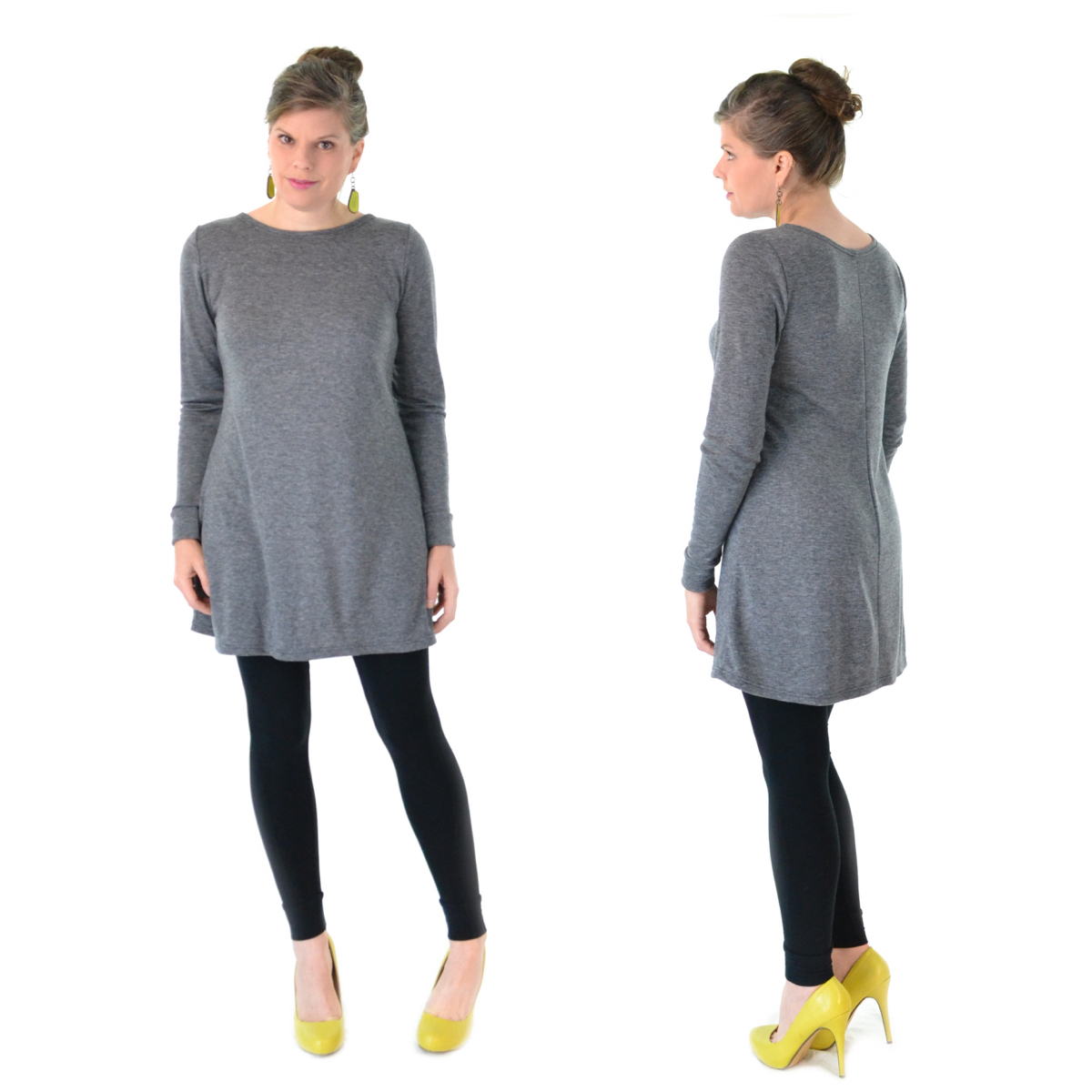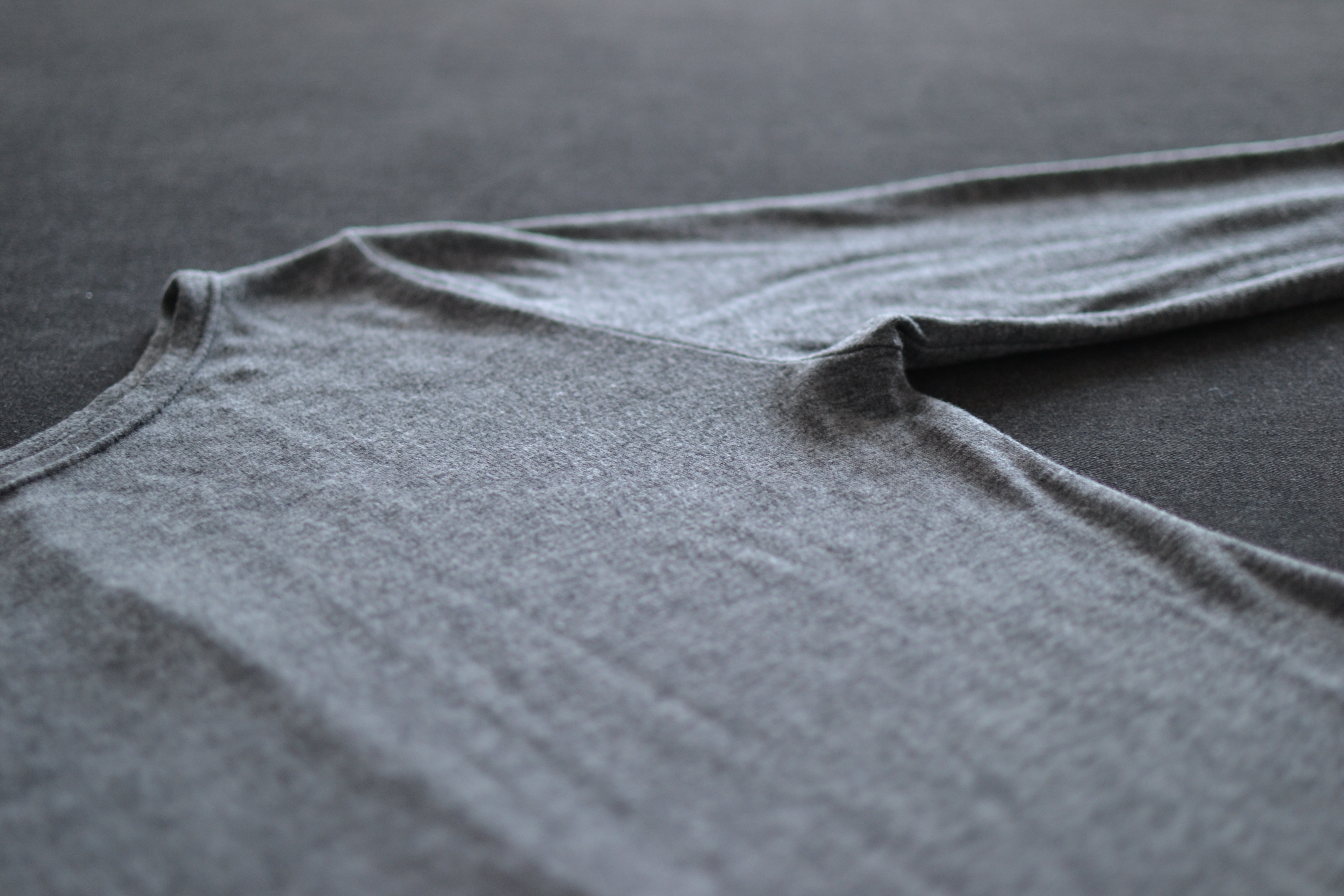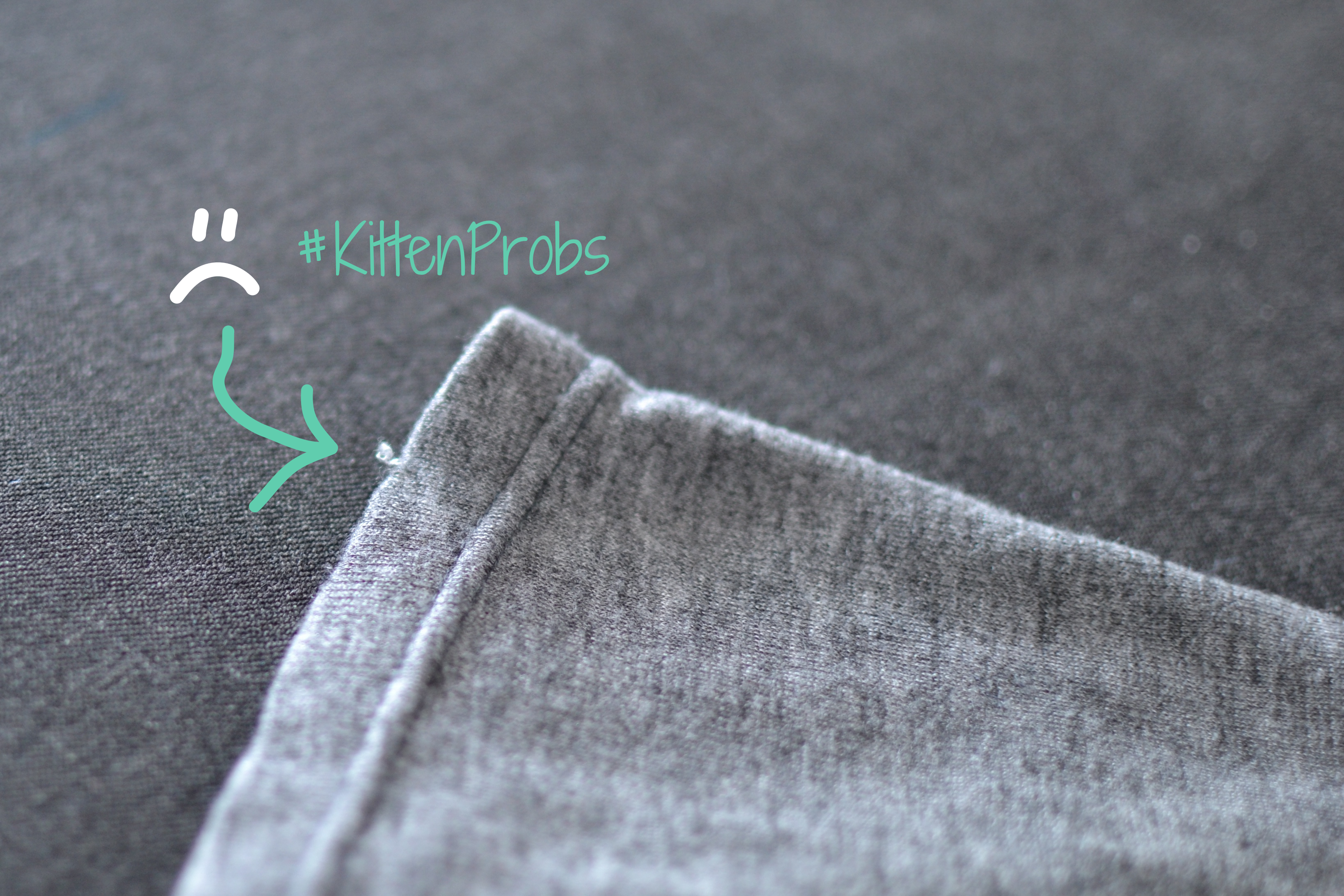It's important to us to make clothes that last, that wear well, that still look and feel good years down the road. So when we bring in a new fabric to test, it's basically my job to try to destroy it. Here's the first garment we made from our sweater merino fabric (70% lyocell - 30% merino wool):

Margot Dress in Heather, pre-destruction attempts
I love this darn dress. This photo was taken October 13, 2019. Since then, I've worn it at least twice a week, every week. I layer under it or I layer over it, and either way, it's my go-to piece whenever I leave the house. I wash it after 4 or 5 wearings, depending on how messy I am. I definitely don't follow the Official Ureshii Fabric Care Instructions when I do so.

The Official Guide
I *do* use a mild detergent, but I throw it in with our regular laundry. I try to avoid washing it with jeans or zippered hoodies (anything that it might catch on), but I always throw it in the dryer. And today, after 4 months of heavy wear and general abuse, here's a close-up shot of the underarm/side bust (because that's where wear usually shows, especially for those of us with curvy busts):

Pill-free. Not a pill in sight.
So, yep, we really love this fabric.
Our fabric supplier has been slowly but steadily switching their production focus from bamboo to lyocell. I've never been a fan of the feel of lyocell (it's very smooth and silky, and I like a bit of texture), so I've resisted stocking it. However, it's the clear choice environmentally. The manufacturing process for lyocell is closed-loop, meaning that the solvents used to break down the plant fibres are retained and reused. There's very little chemical waste from this fibre production, and minimal risk of pollution.
Comparing the sweater merino to our pure merino fabric (which I also love), I can see and feel the benefits of the added lyocell content. It stabilizes and strengthens the merino, while adding softness and drape. I sometimes get too hot in the pure merino, but this has yet to happen with the sweater merino.
The one downside is that it can snag, especially if you torture it like I do (and have cats. I blame cats).

Always at the hem and cuffs.
If this happens to you, please don't clip off the snag! It will most definitely make a hole. Instead, check out Emily's magic snag-fixing trick below.
As always, you can find detailed descriptions of all of our current fabrics on this page.
xoxo
-A


